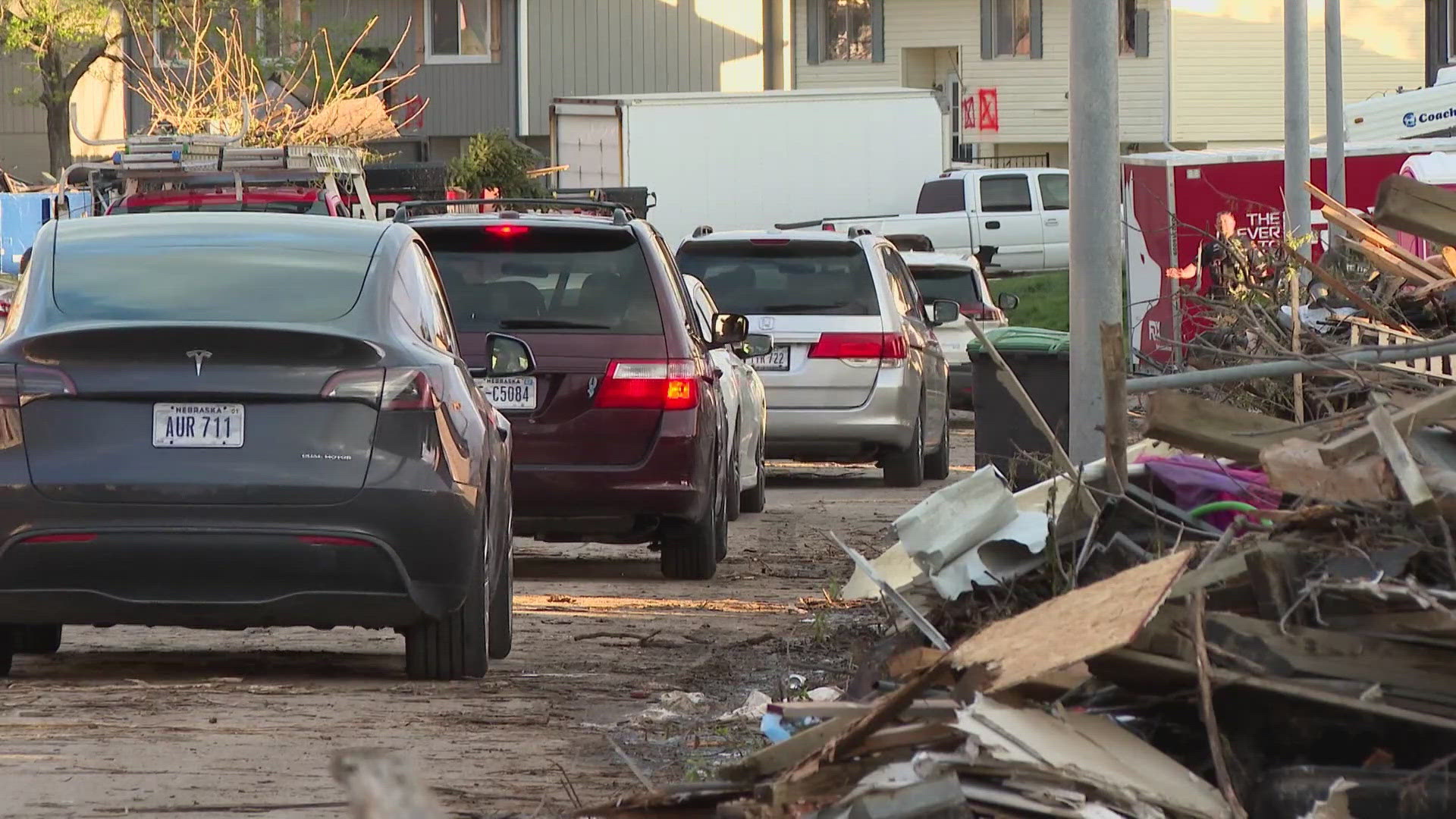SPOKANE, Wash. — NOAA released its 2022-2023 winter forecast, and with cooler than normal equatorial Pacific sea surface temperatures, La Nina is present once again. That means a colder and wetter than average winter for the Northwest. The same forecast we saw the past two winters, but this one is different.
The atmospheric pattern that brings more moisture and cooler temperatures to the region is already present. It set up quickly, but the ridge over the Pacific and storm track over the Northwest is exactly the pattern that played into some of our biggest snow seasons ever recorded. Spokane has already recorded more than 7 inches of snow this November, that’s more than we saw through the middle of December last year.
Unfortunately, the pattern present now doesn’t guarantee a winter of snowy wonder. Weather patterns change, and just as we saw last year, a small shift in the storm track and the entire season looks different. By mid-January last winter, a ridge of high pressure over the Northwest—keeping the wet weather out of the forecast. Snow and even rain were hard to come by until late spring.
Not until spring did the classic La Nina pattern take hold. The northwesterly storm track kept us cool and wet into the start of summer. That overall pattern is what we are seeing now. And if it holds, we truly are headed into a cooler, wetter winter.
The saving grace last winter was the abundance of snow in the mountains. While the snow was nearly nonexistent in the valleys, the mountains boasted a jump in the snowpack that kept levels above normal through the persistent ridge that dried out the second half of winter.
When it comes to the forecast this year, I’m doubling down.
Last year we talked about how a La Nina forecast correlates to more snow and cooler temperatures, meaning snow likely sticks around. Expect more snow on roads, on sidewalks, and in yards through the winter months.
An average winter in Spokane delivers about 46” of snow. We talked last year about how that’s about the average height of a second grader. I used Camila Hanrahan to illustrate what that looks like. Because kids grow, I used an older taller version of Mark’s kids this year to show what more snow will look like. The potential still exists to get more than 6 feet of snow this winter, especially with the late-fall pattern present. Keep in mind that snow compacts over time. That means you will still see it settle over time even if we don’t get much melting.
I stood in central Washington a year ago and said 2 to 3 feet of snow wasn’t out of the question. That stands. There will likely be a little more melting away from mountain influence and in lower elevations, but that doesn’t mean this winter won’t feel any less wintry.
Coeur d’Alene and North Idaho are a little closer to the mountains and slightly colder typically boasting just shy of 6 feet of snow in an average winter. This year could deliver a little more, but with cooler temperatures at play, expect to see more snow on the sidewalks and in the streets this winter.
When it comes to the mountains, this forecast is full send. With more snow in the forecast, it’s more pow days at ski resorts and a bigger more beneficial snowpack. It might not be one for the record books, but it will be one with plenty of fresh snow and a beneficial snowpack that lasts into summer.
As we head into winter, the Northwest is once again in need of moisture. More than half of the region is in some sort of drought. While a La Nina pattern doesn’t guarantee big-time snow and cold, on average it delivers. That means more snow falling and more on the ground in the mountains and low elevations. So, maybe, just maybe, the third time is the charm.



